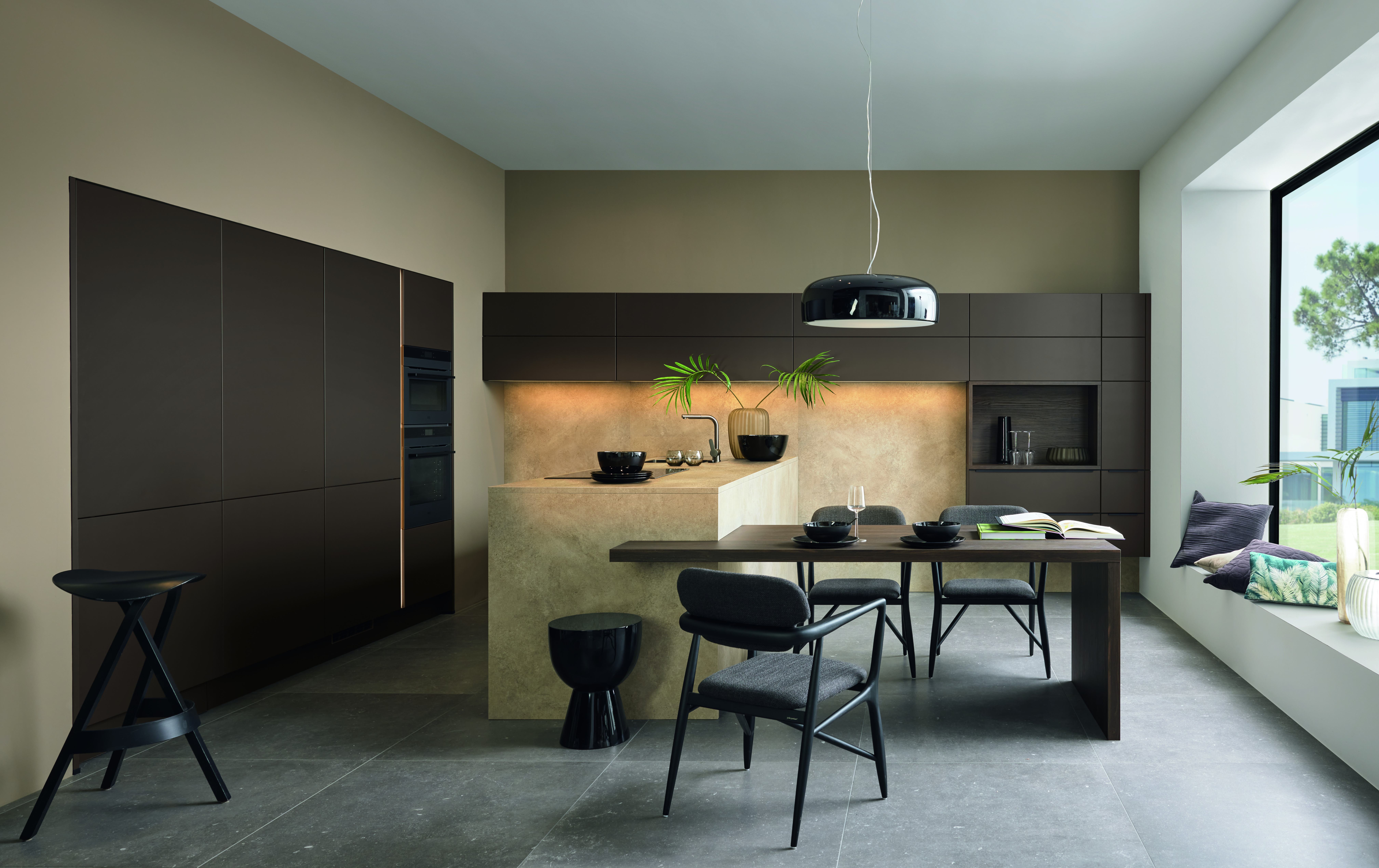Whether you’re currently buying or selling property, chances are that there will have to be some level of redesign as you begin fitting in with your new surroundings. When that time comes, having a plan can keep you on schedule and prevent you from forgetting crucial tasks. Real estate transactions have a lot of moving parts, so it’s best to plan out as much as you can to reduce the chaos.
Just as you probably have a task list that may soon require you to start interviewing real estate agents and real estate lawyers, planning a home improvement project can and probably should be done in stages.
Create A Plan of Attack
The first step to planning a redesign of your new home is performing a thorough inspection of your current home and furnishings as if you were a potential homebuyer. Take notes of what can be used in the new home and what won’t work in its current form. Then compare what you already have with what needs to be done and how urgently it’s needed.
A thoughtfully created plan for redesigning your home can help you avoid becoming overwhelmed with the options and decisions of what should be prioritized. It also helps you avoid going over budget and can actually save you money if you see something on sale you had already planned to buy and know you need it in the future.
Spend Your Design Dollars Wisely
Speaking of budgeting, having a prioritized plan can help you space out big-ticket purchases. There are items you simply can’t avoid spending good money on. Furniture and appliances that you rely on constantly are investments, and it’s not a good idea to purchase low-priced, low-quality alternatives.
Couches, bedroom sets and dining tables see a lot of traffic, so spending the extra money on high-quality, durable products can save you the costs of repairing or replacing cheaper versions over time. Premium furnishings you regularly use also add small doses of joy to your life every day. That’s the reason they cost more.
To save money, you can start by repurposing the furniture you are replacing in your redesign. For example, you can paint or stain a current table and make it the new desk in your home office. Other ways you can add new design elements to a space cost-effectively include:
- Refurbishing old couch cushions with new fabric.
- Buying off-brand and out-of-season furnishings.
- Refacing kitchen and bathroom cabinets instead of a remodel.
- Buying from second-hand stores, outlets and online marketplaces.
Decide on a Look for Your Space
Using a specific design style to decorate your home can help you focus on finding the right pieces and block out all the noise. It also ensures that your space has a cohesive look.
How you decorate a space depends on your personal style and how you want to feel in that part of your home. For example, if you like the warmth and down-home feel of a country kitchen, look online for farmhouse-designed kitchens for inspiration. If, on the other hand, you prefer that your home office have plain walls, stark contrasts and very little furniture to maximize space, use a minimalist’s eye when designing it.
Another hack for designing a space is to base how it looks on a statement piece. If you’re out shopping and you fall in love with a couch or an end table that has the exact look you want for your space, use it as a starting point for the room and choose other design elements that either complement it or contrast it as a way to showcase it.








More Stories
Live Like a Local: Top-Rated Apartments for Rent in Doha
Revolutionizing Local Real Estate Leads: A Deep Dive into Reviews and Emerging Trends
Maxim Development Rekindles the Magic of Bo Islands Vision